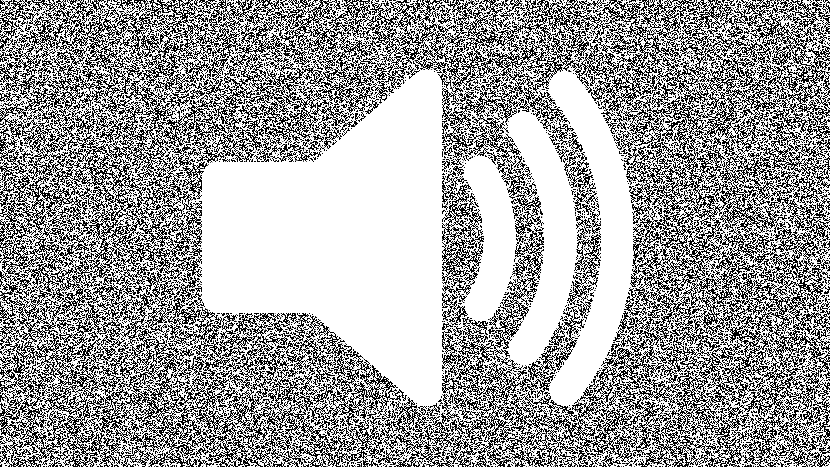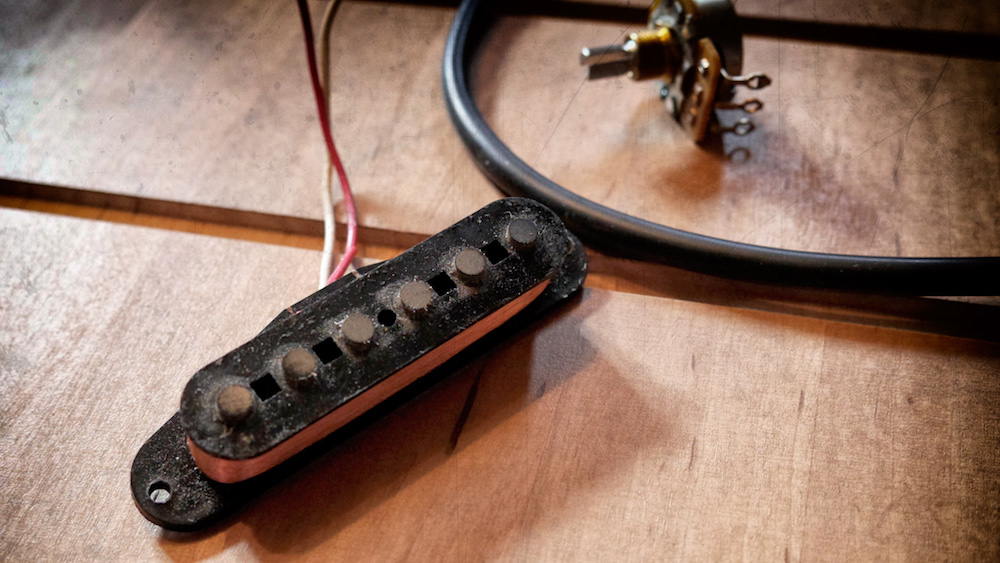
Let’s talk about the noises musicians often have problems with. Hum, buzz, popps or pops, purr, whirr, and so on.
I often get messages where customers try to explain a noise they want to get rid of. In the last few years I’ve heard a lot of different noises and the more I hear them the more I can classify them and hopefully tell you where they come from, and how to stop them.
So we thought it best to give you examples of the most common noises.
Let’s listen, name them, explain the possible reasons and give you tips on how to get rid of them or avoid them altogether.
Find yourself a pair of headphones or good speakers and enjoy the noise:
Hum 50/60 Hz
The 50/60 cycle hum is probably the most known noise. It’s deep, it’s low, it’s horrible. Depending on the volume settings of your amps or speakers it can be very distracting. I once heard from a customer whose hum was so loud on stage that the audience went to the promoter and complained about the noise.
Usually the 50/60 Hz cycle hum is caused by amplifiers or electronic devices connected together but with different ground potentials. The ground connection through the third prong of the power cables and the shields of the audio cables are building a big loop, which work as an antenna for any kind of electromagnetic interference. The biggest interference is always the 50 or 60 Hz cycle hum from the net and what we hear is that low and deep hum. The best way to avoid this is to use a transformer like the LEHLE LTHZ. It cuts the ground and isolates the signal. These transformers are built into the P-SPLIT II, LITTLE DUAL and DUAL SGoS.

Hum and whirr
You probably know the big power supplies that have the weight of a potato bag? These are power supplies with big transformers. Bad shielded transformers have an electromagnetic radiation (EMR) which can cause hum, depending on the size of the transformer the hum can vary. My advice is to keep away all audio cables and pedals from power supplies and spend some money in high quality power supplies. Also your amp has transformers, so avoid placing any effects on the amp’s housing.
Hum and buzz
Newer switching power supplies can sometimes produce a high hum and buzz. Switching power supplies have smaller transformers and the frequency of the noise they produce is usually higher. The rule for transformer power supplies applies here as well: spend some money in a high quality power supply, since those switching power supplies are often cheaply made and badly isolated.
Buzz of pickups
The sound of a single coil pickup is unmistakable. Unfortunately it has a strange life of it’s own: a high buzz, changing depending on your position, if you’re in front of your amp or if there are lights somewhere. Things like big mains power transformers, dimmer circuits on lighting rigs and even computer screens are all particularly notable causes of pickup noise. They are responsive, but fortunately there are some solutions for this:
– Copper foil and shielded cables for your control cavity. I did this for a lot for guitars with single coils in the past and it often did wonders. There are kits available online.
– Noiseless pickups. Some manufacturers sell these but they are not to everybody’s taste. There are players who say they don’t sparkle like ”original“ single coils, but I think they sound pretty good.
– Dummy coil. A coil having the same specs as your pickup, but not connected to the signal path erases nearly every buzz.

White noise
Original white noise
Possible audible white noise coming out of your speakers.
You have built the pedalboard of your dreams and powered up your amps, but you get a lot of white noise out of your speakers? This can have a lot of reasons:
Often valve amps with lot of gain will hiss. Changing the valves regularly or replacing them with high grade ones is never a bad thing. You can often spot faulty valves by tapping them when powered up to see if there’s an increase in microphonic crackle or squeal. The quantity of pedals can also produce a lot of noise. If you have few true bypass pedals, every buffered pedal contributes its fingerprint. If you want to isolate buffered pedals use a LITTLE LEHLE II or a D.LOOP SGoS.
The combination of all of this plus phone signals, WiFi, power supplies, bad shielded cables and more stuff in the air or on the floor sum up and what you hear as (virtual) white noise. I recommend un-mounting everything, start from the very beginning and connect everything step-by-step. As mentioned the noise you hear is probably a combination of lots of different noises, so this is your biggest challenge.
Hum of fluorescent tubes
You know them from offices or buildings which need a lot of light. But often those tubes can create a hum as well. It’s EMR as well, so the advice of using well shielded cables applies here as well. Alternatively replacing those old fashioned tubes to newer efficient LEDs can help as well.

Buzz of LEDs
LEDs are beautiful, LEDs are colourful, LEDs are efficient. But don’t mount them on your pedalboard. Usually the LED’s power is provided by cheap switching power supplies and (as mentioned above) they can create a high pitched noise.
Whirr of moving lights
In clubs, halls, and festivals there are often moving lights. They can create a fascinating show, but they also can create a terrible annoying noise every time they are moving. Unfortunately we weren’t able to record a sound file for this, but usually it’s a rhythmic noise. If you think you’ve experienced this, take a look at the moving lights when you are next onstage and listen.
A solution is trying to isolate the pedalboard via a P-SPLIT II, because (again) bad shielded cables work as an antenna.
But before you place dozens of P-SPLITs, ask the local technicians for an audio-dedicated power circuit. Sometimes extension cables are simply connected to the wrong circuit.
Popps of pedals
Sometimes activating effect pedals can cause a loud ”popp” or ”plopp”. The reason for this is usually that they are true bypass pedals and there’s a DC voltage on the line. If you connect or disconnect the audio signal via the foot switch, the (unwanted) DC voltage causes a ”popp” in the audio signal. You can measure this voltage by using a DC voltage meter. With your pedals powered up but not yet switched, the value shouldn’t be higher than 0.1 V. If it’s higher, you can use the LEHLE DC-FILTER to suck out the DC voltage from the signal and then you should be able to switch in silence finally.
Crackling
Often crackling can be produced by old worn out potentiometers as they can cause noise too, so after years of using potentiometers they are simply said old. Lubricant such as Deoxit D5 can help, but only for a limited time. Take your guitars or basses to the instrument doctor and buy a round new pots for them. The instruments will love it. At LEHLE we quit using highly stressed potentiometers at our volume series read about why and wherefore: Where should I place my volume pedal?
Purr
I’m sorry, but I can’t help you with that. We tried everything, from super-transformers, high-grade power supplies, better shielded cables and rocket-science, but what you hear is simply your cat feeling very comfortable and in love with you.

Well, that was a lot of noise!
Let’s see if this post can help you to sort out any noise that you are hearing and get rid of it. If not, drop me mail to support@lehle.com and send me a quick recorded file.
Here you can download all the noises for free:
Noisefiles
And check out out noisli.com – a great website for relaxing ambient noises.

